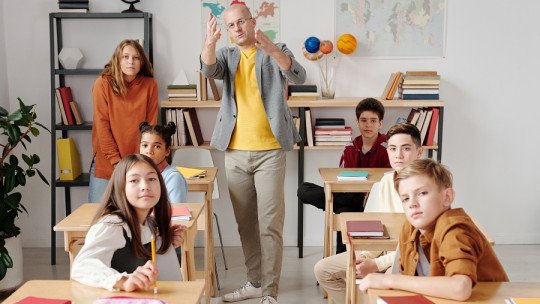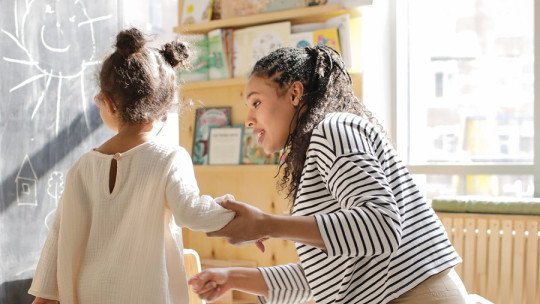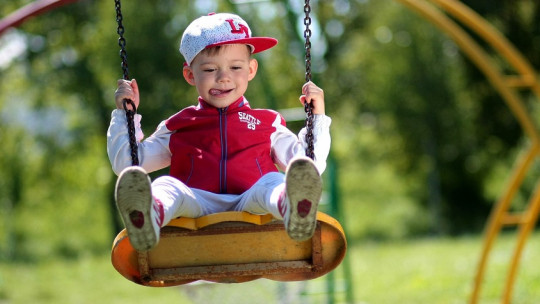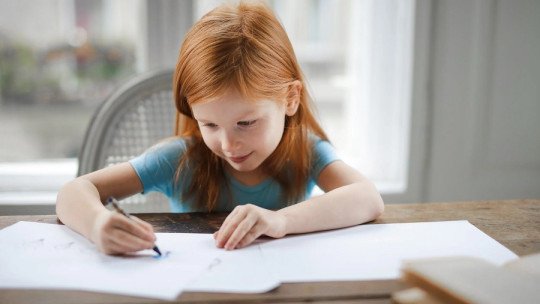
Human intelligence has been an important topic of discussion in the field of Psychology. And, without a doubt, one of the most important concepts is that of Multiple Intelligences a theoretical model proposed by Howard Gardner.
For a long time, there had been talk of unitary intelligence; However, Gardner’s proposal gave a twist to the traditional belief about human intelligence, and the model of multiple intelligences appeared as an alternative to the until then dominant paradigm.
A theory that changed the course of education
Howard Gardner presented his theory to the world with his book Structures of the mind: the theory of multiple intelligences, a work that expresses the idea that intelligence is not unitary, but that there are many nuances to define this construct. Although the first edition of this text was published in 1983, it was not until 1987 when it appeared in Spanish.
For Gardner, intelligence is too abstract a construct to speak of just one, given that it is possible to find cases of people who are very skilled at certain mental tasks and very bad at others: geniuses when it comes to composing music or moving their body to dance, but not very skilled in mathematics, for example. That is why psychologists have become very interested in this topic and today there are different conceptions about cognition and higher psychological processes.
According to the theory of multiple intelligences, we can talk about the following types of intelligence.
Benefits of Multiple Intelligences in the classroom
Multiple Intelligences have changed the educational landscape, and According to Gardner, they provide a series of benefits in the classroom
1. Motivates students
One of the benefits of this intelligence model is that helps each child or student develop their talents This is key for them to feel motivated on a daily basis. For example, if a child is good at music, with this model it is possible to detect it and help him develop his great passion for it.
2. Personalize learning
Howard Gardner’s theory says that Each student has unique characteristics, which make him different from the others. If we manage to discover what each child can contribute and what they are good at, we can help them grow and promote their learning.
3. Provides more complete learning
This learning model is much more complete than the traditional one. Since it has a broader vision of intelligence, promotes the acquisition of a wide range of skills by the students.
4. Teaches how to learn
Students learn different creative strategies and tools that help them develop their talents themselves.
5. Power more skills
It is a more complete model that accommodates different types of skills. Therefore, students develop those skills in which they excel.
6. Promotes educational innovation
This model breaks with the classic teaching model and favors creativity. At the same time, in it, the most innovative educational tools have a place
7. Practical application
Since the student develops what really motivates him and what he excels at, he is more likely to be able to apply it in his future.
8. More precision in the evaluation
This model allows us to know and develop the strengths and weaknesses of each student, so gets a more precise view of what each one is like and what needs to be done to stimulate their learning.








